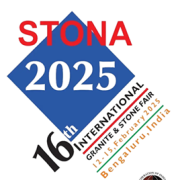16th Granites and Stone Fair, Bangalore-India 12-15 February 2025
Why India:
It is known from archaeological evidence that a highly sophisticated urbanized culture—the Indus civilization—dominated the northwestern part of the subcontinent from about 2600 to 2000 BCE. From that period on, India functioned as a virtually self-contained political and cultural arena, which gave rise to a distinctive tradition that was associated primarily with Hinduism, the roots of which can largely be traced to the Indus civilization. Other religions, notably Buddhism and Jainism, originated in India—though their presence there is now quite small—and throughout the centuries residents of the subcontinent developed a rich intellectual life in such fields as mathematics, astronomy, architecture, literature, music, and the fine arts.
India’s economic freedom score is 53.9, making its economy the 131st freest in the 2022 Index. India is ranked 27th among 39 countries in the Asia–Pacific region, and its overall score is below the regional and world averages. India’s economic growth has slowed somewhat over the past five years, turning negative in 2020 but recovering in 2021. Before a dip this year, the country had been benefitting from small but steady annual increases in economic freedom. With increases in scores for judicial effectiveness, business freedom, and labor freedom outweighing a deterioration in fiscal health, India has recorded a 1.3-point overall gain of economic freedom since 2017 and remains in the middle ranks of the “Mostly Unfree” category. Monetary freedom is solid, but investment freedom and financial freedom lag.
India, country that occupies the greater part of South Asia. Its capital is New Delhi, built in the 20th century just south of the historic hub of Old Delhi to serve as India’s administrative center. Its government is a constitutional republic that represents a highly diverse population consisting of thousands of ethnic groups and likely hundreds of languages. With roughly one-sixth of the world’s total population, India is the second most populous country, after China.
India is also amongst the largest producer of raw stone material and the sector is quite developed and vibrant in the South, as well as in Rajasthan and Gujarat, with a dedicated resource of entrepreneurs. India also has an indigenous resource of machinery and tool manufacturers which cater well to the demands of this sector. The Indian stone industry has evolved into the production and manufacturing of blocks, flooring slabs, structural slabs, calibrated – ready to fix tiles, monuments, tomb stones, sculptures, artifacts, cobbles, cubes, kerbs, pebbles and landscape garden stones.
About Fair:
STONA is being organized by Federation of Indian Granite and Stone Industry (FIGSI). The aim of STONA is to give the natural Stone industry in India a significant growth opportunity with higher visibility, a professional oriented visitor profile and extremely efficient business development modules.

Exhibition Name: Stona
Date: 12-15 February 2025
Location: Bangalore International Exhibition Centre (BIEC), NH-4, Tumkur Road, Bengaluru, Karnataka, India
Net area: 20000 sqm
Gross area: 40000 sqm
Total exhibitors: 350
Foreign exhibitors: 75
Total visitors: +23,428
Pavilions: Turkey, China, Italy, Iran
Countries exhibited: America, Spain, Poland, Korea
Number of Halls: 5
Organizer: Federation of Indian Granite & Stone Industry (FIGSI)
Web: https://stonaindia.co.in/
For more information call below numbers:
+98 9188650703
+98 8643222057-9




